Net zero residential construction is slowly but surely gaining traction among both single-family and multifamily developers, and while canceling out carbon emissions is a step forward on the path to sustainable building, net positive homes are taking energy efficiency another step further. The concept is simple: a net positive classification means that a completed home produces more energy than it consumes. Achieving net positive is less simple.
That’s why builders like Jordan Goldman, Engineering Principal at ZeroEnergy Design, are working to introduce a burgeoning net positive movement to the residential construction industry. Because net positive is still a fresh concept, it requires education and experimentation from builders who are more comfortable with traditional construction methods, which also have a much lower upfront cost than energy efficient alternatives.
Measuring Net Positive
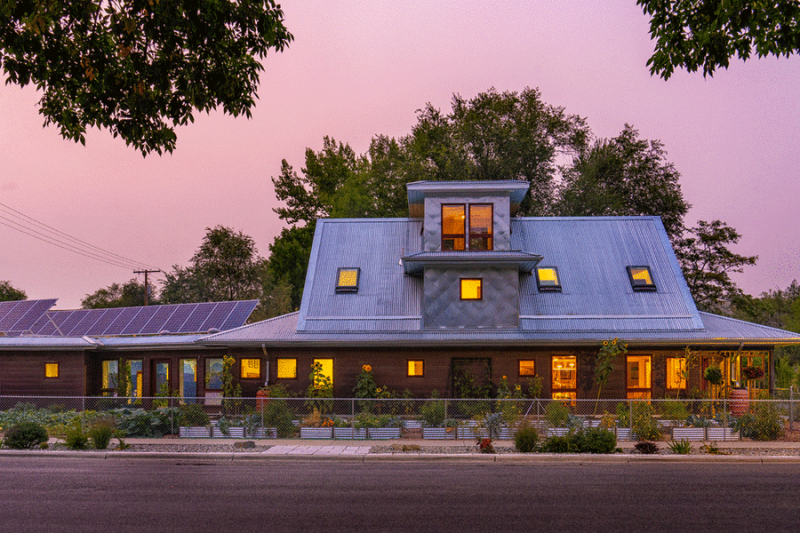
The Living Future Institute measures and classifies net positive homes like the Full Living Certirfied Urban Frontier House located in Billings, MT. Photo: Living Future Institute
Net positive means that a completed home can, if necessary, power itself with excess energy produced, unlike net zero homes, which offset their annual emissions with no energy output left over. Measuring net positive energy in residential structures falls on the shoulders of energy raters like the U.S. Green Building Council’s LEED rating system as well as international organizations like the Living Future Institute, which promotes and measures energy efficient construction projects through its Living Building Challenge, Zero Energy, and Zero Carbon certifications.
The Living Future Institute rates a home’s energy efficiency using a production meter and a consumption meter to measure energy outputs on an annual basis. By tracking the renewable energy system’s production and comparing it to the annual electrical consumption on the home’s utility bill, the Living Future Institute can distinguish between net zero and net positive.
The Living Building Challenge takes net positive to the next level by rating not just the home’s energy output, but also the regenerative health of its surroundings, defining an ideal built environment based on seven performance areas: place, water, energy, health and happiness, materials, equity, and beauty. A living building, according to the Living Future Institute, is entirely self-sufficient and remains within the resource limits of its natural environment.
“For too long, ‘green building’ has defined an approach of doing less bad—fewer hazardous chemicals, slightly less wasted energy, more water efficiency, etc. The Living Building Challenge flips the script, defining what good looks like,” says the Living Future Institute. “No hazardous chemicals, all wood from Forest Stewardship Council certified forests, net positive energy and water, and much more. It points the direction for the future and dozens of projects around the world show it's possible.”
Biggest Barriers to Net Positive Construction
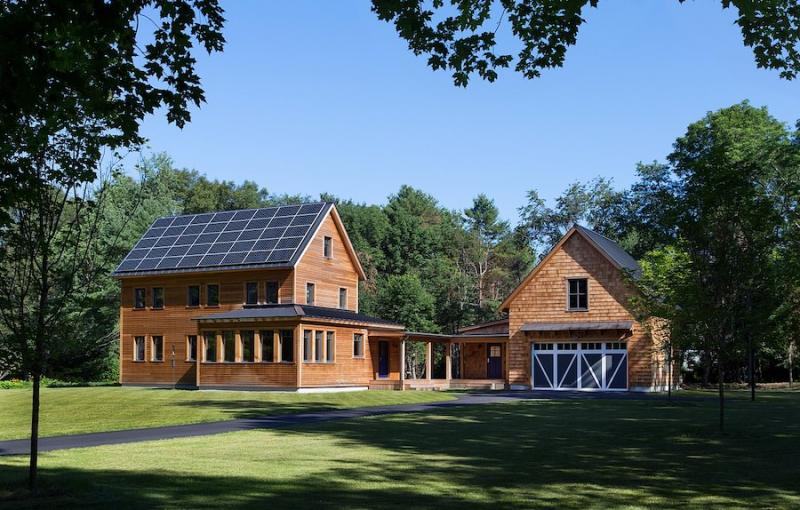
This Lincoln, Massachusetts-based net-positive Lincoln Farmhouse is one of several net positive projects designed by ZeroEnergy Design. Photo: ZeroEnergy Design
As Goldman puts it, there are three main barriers to builders adopting a net positive approach. “One, this simply costs more to build, which turns some people off, “he says. “Two, there aren’t a lot of contractors who are familiar with the insulation and air sealing strategies to dramatically improve the efficiency of a home. And three, unsubstantiated fear of the unknown and change.” Goldman admits that in the not-so-distant future, builders will eventually have to overcome the latter to capitalize on an energy grid powered predominantly by renewable energy rather than fossil fuels.
In fact, the war in Ukraine has sent the cost of fossil fuels soaring, pushing the price of home electricity to 14 cents per kilowatt hour, the highest level seen in over a decade. In response, Congress recently passed the Inflation Reduction Act, which will allocate $375 billion in climate incentives to make cleaner energy an affordable option for nearly every American. With the movement toward renewable energy officially underway, builders like Goldman and like Nathan Kipnis, FAIA and principal of Evanston, IL-based Kipnis Architecture + Planning, say that net positive construction is a practical next step forward.
“The Inflation Reduction Act is very encouraging, We finally have all the pieces in place,” says Kipnis. “The solar panels are cheap enough. The technology in the heat pumps is only getting better. The insulation techniques are all there. And people are also interested in the resiliency aspect of energy efficient construction.” Besides, Kipnis adds, it’s a matter of long-term investment for the homeowner. “Because if you don't get on board, good luck selling.”
In states like California, installing solar panels earns homeowners a federal solar tax credit, and the Inflation Reduction Act also seeks to reduce costs for solar installations. Also, as air source heat pumps begin to replace combustion heating systems across the U.S., improving a home’s energy efficiency hinges on a few easy-to-implement product installations, retrofits, and construction strategies.
Quick Construction Tips for Achieving (or Getting Closer to) Net Zero and Net Positive
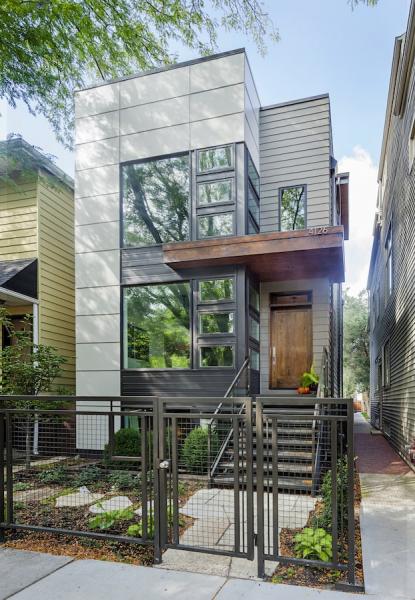
Kipnis Archiecture + Planning recently completed this net-positive home located Chicago and is in the process of building another net positive home in Colorado. Photo: Wayne Cable Photography
Position Solar Panels Properly
When designing a home for maximum energy efficiency, Kipnis says that builders benefit from placing solar panels (preferably photovoltaic) on south-facing gable roofs that are asymmetrically pitched for maximum sun exposure.
Spreading out solar panels either by orientation or by pairing them with battery backup systems can maximize energy output, and homeowners who are unable to install solar panels on their own homes can also subscribe to community solar farms to reduce not only their carbon footprints, but also their utility bills, Kipnis says.
While designing homes for maximum efficiency, Goldman creates “a detailed energy modeling during the design phase in order to predict the energy use from which to size the solar array. By focusing on energy efficiency before energy production, we dramatically reduce the size of the renewable energy system required to offset the home's energy demand. This often results in a net positive home.”
Take Advantage of Resistance Heaters
Electric resistance heaters, which pass an electric current through a conductive material, waste no incoming electric energy and are considered by the U.S. Department of Energy to be 100% energy efficient.
Air source heat pumps are another efficient alternative to combustion heaters, according to Goldman. Air source heating systems filter outside air to deliver warm air even in cold climates with an average efficiency rate of 300%, making them four times more efficient than gas and electric boilers, which is why ZeroEnergy Design incorporates air source pumps and heat pump water heaters in new homes to achieve a net positive status.
Keep Thermal Barriers Tight
The next consideration, according to both Kipnis and Goldman, is a tight thermal barrier, which can be achieved through the use of continuous insulation, air sealing, and triple-paned windows depending on the built environment.
“First, we focus on the efficiency and quality of the thermal enclosure – the walls, windows, roof, and slab,” says Goldman. Heating and cooling are typically the largest energy demands in a house, so we reduce those loads as much as possible through the use of continuous insulation, air sealing, and (in our climate) triple-paned windows.
Think Holistically During Material Selection
When deciding what materials not to use in a net positive construction project, Goldman suggests not just avoiding obvious emitters like fossil fuels, but also taking into account the total embodied carbon involved in the manufacturing process of all materials used. A net zero home requires builders to think holistically, not only about onsite construction, but also about offsite production.
“In the interest of combating climate change, it’s not enough to just reduce the operational energy demand,” says Goldman. “We must also be thinking about the embodied energy. To that end, we try to minimize the use of high embodied energy products, such as steel, concrete, and petroleum-based foam insulation.”
Embodied energy, according to Goldman, plays a major role in distinguishing net zero from net positive. By accounting for energy consumed from the production of a building, including product manufacturing, transportation, and actual construction, builders can better track a home’s footprint from start to finish, which is the first step in reducing its total carbon emissions.
While research and development from organizations like the Living Future Institute helps to broaden an industry-wide understanding of what constitutes a healthy and efficient home, the work is up to builders like Jordan Goldman and Nathan Kipnis to make net positive a reality with innovative house plans that can be replicated on a wider scale. They both say that work has already begun, but the larger success of net positive depends on those who follow their lead.
“I think this is going to be very mainstream in the near future,” says Kipnis. “And we have to get on board very quickly because we simply have no time to waste. Fossil fuels have served their purpose, but electricity is more flexible. If we have a much better way to build, why not take that route?”

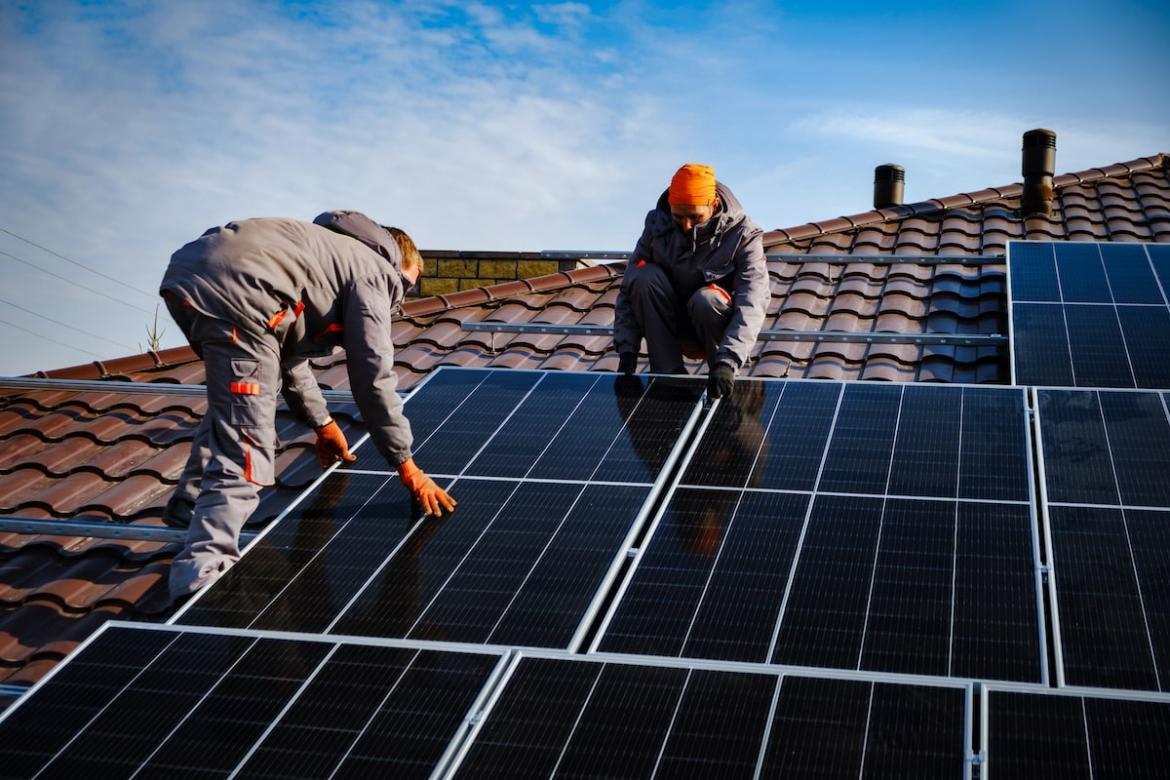
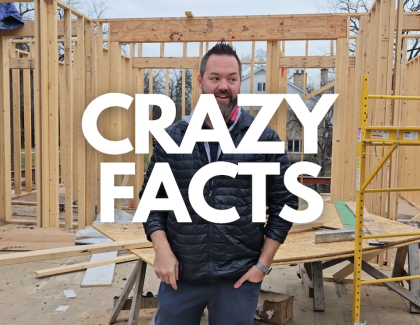
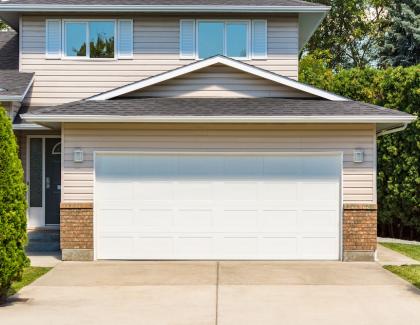
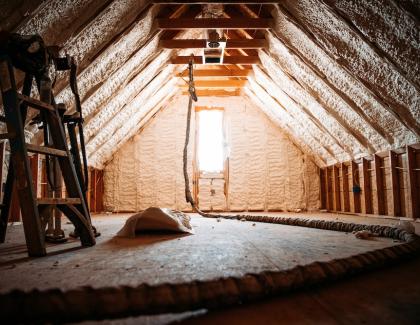

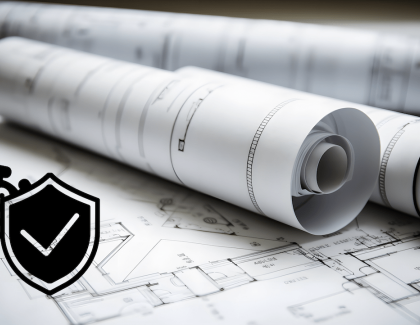
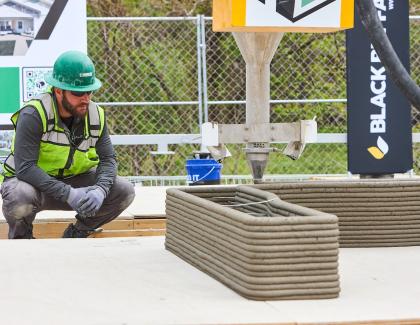
Add new comment